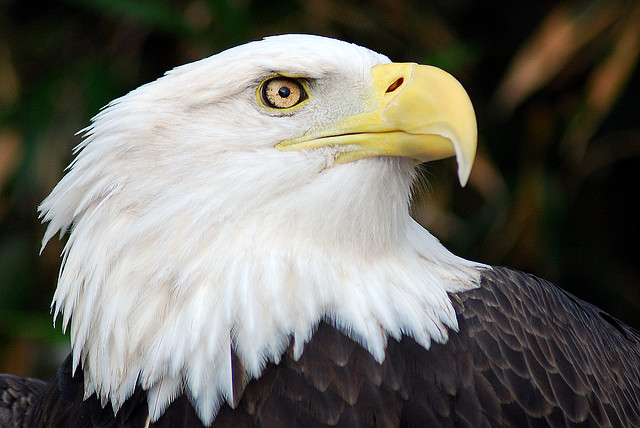The Bay Area has had its share of interesting environmental stories in 2012. Here’s our pick of some of our favorites. What are yours?

1. California’s answer to climate change – the cap and trade of carbon pollution — begins in November as the first large-scale experiment in the nation in controlling greenhouse gases. If all goes as planned, emissions are supposed to fall to 1990 levels by 2020, a milestone that would point the way towards a solution to an unremitting climate disaster.
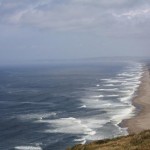
2. The Obama administration proposes doubling the size of marine sanctuaries off the California coast, effectively ensuring that we’ll never see oil derricks along our shoreline. The late December move comes as California’s 19 new marine protected areas take effect, creating the most intensively protected marine parks in state history.
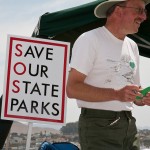
3. The fiscal crisis of California’s state park system reaches a climax as outside groups manage to prevent the closure of 70 state parks in July. But the jubilance is followed by outrage after the revelation that the state parks department had squirreled away $54 million in funds that could have been used to prevent park closures. The ensuing scandal ended the reign of parks director Ruth Coleman, and led to the appointment of a retired major general, Anthony Jackson, to the helm, as well as new commitments by state lawmakers to find ways to keep state parks open through 2014.
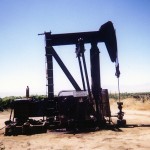
4. With oil companies eying a veritable Gold Rush of oil and gas deposits along the central California, the federal government in December begins auctioning off 18,000 acres for oil leases in some of the most precious farmland and habitat in the state. Fracking the Monterey Shale formation doesn’t escape the notice of Sacramento, which approves the first set of regulations governing the practice, although some environmental groups say they don’t go nearly far enough to prevent widespread air and water pollution.
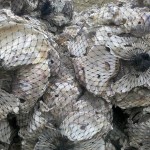
5. The Obama administration decides in late November that the Drakes Bay Oyster Company has to close up shop in order to pave the way for the estuary’s wilderness designation. But the decision does little to end the decade-plus dispute over the environmental cost of oyster farming, as the company moves the issue to court.
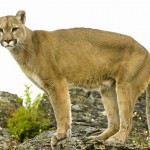
6. California Department of Fish & Game has been in the weeds ever since agents shooting and killing what was later determined to be two four-month-old mountain lion cubs under a Half Moon Bay porch in December. Wild aid groups have launched an effort to change the way the department handles mountain lions on public places. Meanwhile, Fish & Game is about to change its name to “Fish & Wildlife,” an update that lawmakers hoped would define a broader mission of the 104-year-old state agency.

7. The nation’s first attempt to require labeling of genetically-modified foods failed on California’s November ballot by a wide margin. Organic consumers and local farmers supported the measure as a way to define non-GMO food from industrial-farmed products. But Big Ag outspent proponents 6 to 1, and critics say the Yes campaign ran a bad campaign on an issue that actually polled very well. Nevertheless, those with rosier glasses say a national debate has been raised on the “food industrial complex.”

8. Freshly reelected and with Hurricane Sandy still in the news, President Obama declares climate change as one of his top three priorities in his second term. That’s national news with a Bay Area impact since the region went overwhelmingly for Obama and stands to lose big time from the effects of rising seas and other climate impacts. Too bad he didn’t lay out any details of his agenda.
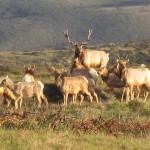
9. Point Reyes National Seashore turns 50, making it one of the oldest of the 10 national seashore designations. The 1962 decision kept development at bay and has allowed the flourishing of an international-ranked biological “hotspot.” To this day, Point Reyes remains a cornerstone of conservation in the Bay Area and place for millions of visitors to enjoy.

10. Bald eagles have been making a comeback to the Bay Area. At Lake Chabot a female chick hatched on Earth Day. And bald eagles expanded their reach into the Peninsula when the first nesting pair in nearly a century set up shop in a large Douglas fir at Crystal Springs Reservoir that same month. The Crystal Springs couple lost their nest after a branch cracked, but birders have been excited that the area attracted them in the first place and hopeful of more to come.

